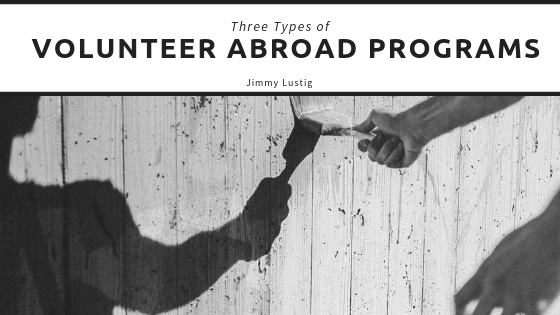Most often, when you consider volunteer opportunities, you think of nonprofit organizations that help your local community, such as soup kitchens or animal shelters. While those opportunities give you the chance to make a change where you live, there are also volunteering programs focused on creating change all around the world. Volunteer abroad programs are especially popular for students taking a gap year in between graduating high school and starting college but can be participated in at any age. Here are three types of volunteer programs you’ll find when looking for opportunities to volunteer overseas.
Short-term volunteer programs
These types of programs give volunteers the chance to provide service to a community for a short period, typically one week to three months. These programs usually put a heavy focus on the cultural learning experience of volunteering in a different country. The large majority of volunteer abroad programs are short-term. An advantage of this type of program is that you get a chance to help a local culture and experience a new country without having to uproot your life completely. One downside is that if the program you’re participating in doesn’t have a long-term component, you may be merely filling a short-term need instead of creating lasting change.
Long-term volunteer program
The majority of long-term volunteer programs have a focus on empowering the local population of the country you’re volunteering in. Typically, these programs have a focus on skill transferring which means volunteers may need a specific educational or professional background. These placements can either require you to pay a fee or be ones that you organize independently. Generally, these programs are not-for-profit. One advantage of a long-term program that by working closely with a specific group over a long period, there’s a more significant chance that you’ll be able to actually see your impact. However, it’s also possible that your impact will take a long time to be noticeable.
Conservation volunteer programs
Conservation programs focus mainly on environmental and conservation field work, either on a local or global scale. These programs may involve working with threatened environments, endangered animals, or sustainable farming projects. Typically, these programs are very hands-on and give volunteers the chance to learn about environmental issues the world is facing and what is being done in an attempt to solve them. The programs are often results-oriented, so volunteers can measure and track the impact that they’ve had. However, there may be pushback from the local population in areas where the need for economic development is the cause of environmental destruction.

